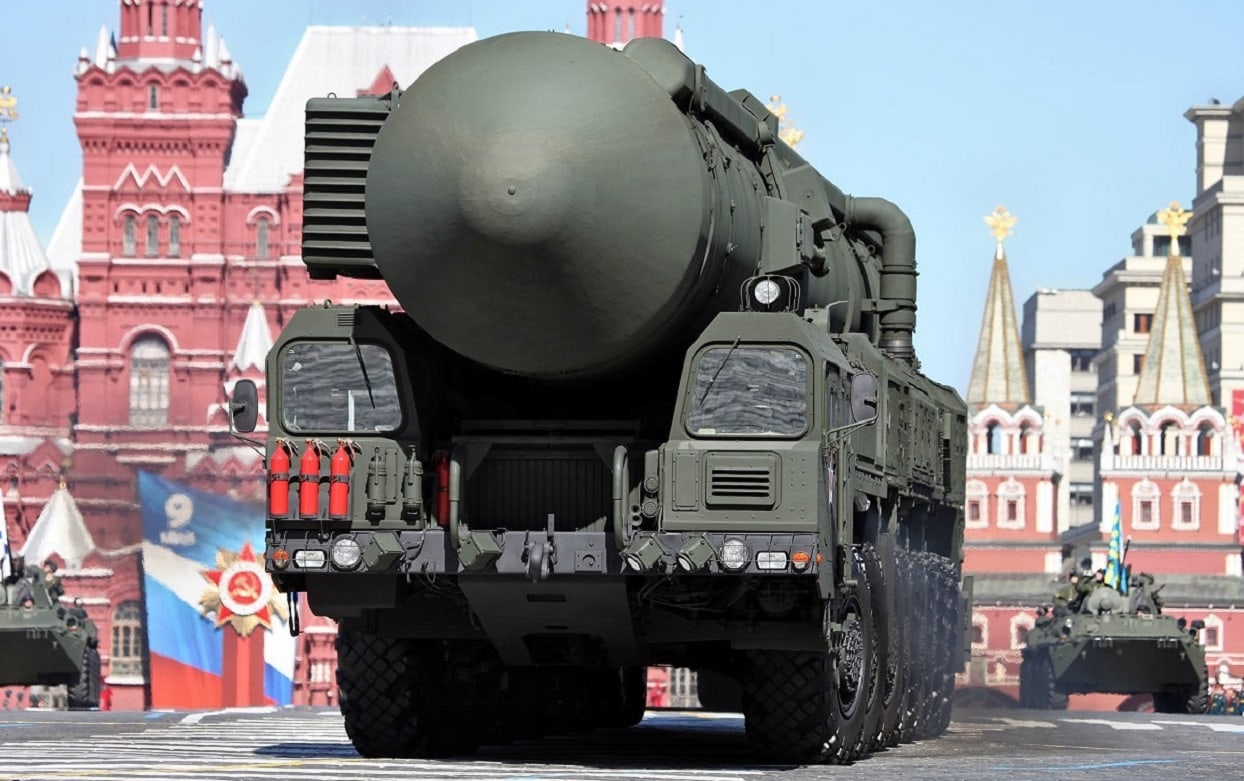On day 148 of the Russian invasion of Ukraine, the fighting in the Donbas continues as the Russian military is looking for a breakthrough.
Fighting in the Donbas and Targeting the Ukrainian Economy
In its daily estimate of the war, the British Ministry of Defense focused on the situation in the Donbas and the attempts of the Russian military to capture as much critical infrastructure as possible.
“Russian and separatist forces continue to attempt small scale assaults along the Donbas front line. Russian forces are likely closing in on Ukraine’s second biggest power plant at Vuhlehirska, 50km north-east of Donetsk,” the British Military Intelligence assessed.
When the Kremlin launched its renewed offensive in the east in May, the goals of the Russian military shifted. Instead of taking the big Ukrainian cities (Kyiv and Kharkiv), the Russian military was tasked with capturing the Luhansk and Donetsk provinces and liking them through a land corridor to annexed Crimea.
However, in the process, the Russian military was to capture any major critical infrastructure and industrial plant it could, thus hurting the Ukrainian economy. Indeed, most of Ukraine’s natural resources and heavy industry are located in the southern and eastern parts of the country, where the fighting is now taking place.
“Russia is prioritising the capture of critical national infrastructure, such as power plants,” the British Ministry of Defense added.
“However, it is probably also attempting to break through at Vuhlehirska, as part of its efforts to regain momentum on the southern pincer of its advance towards the key cities of Kramatorsk and Sloviansk,” the British Military Intelligence stated.
Russian Casualties
The Ukrainian Ministry of Defense claimed that as of Thursday, Ukrainian forces have killed approximately 38,850 Russian troops (and wounded approximately thrice that number), destroyed 221 fighter, attack, and transport jets, 188 attack and transport helicopters, 1,704 tanks, 859 artillery pieces, 3,912 armored personnel carriers, 251 Multiple Launch Rocket Systems (MLRS), 15 boats and cutters, 2,781 vehicles and fuel tanks, 113 anti-aircraft batteries, 710 tactical unmanned aerial systems, 72 special equipment platforms, such as bridging vehicles, and four mobile Iskander ballistic missile systems, and 167 cruise missiles shot down by the Ukrainian air defenses.
Annexation and Russian Nuclear Threats
Earlier this week, the U.S. declassified intelligence that suggests Russian President Vladimir Putin is looking to annex large swaths of Ukrainian territory, including the Kherson, Zaporizhzhia, Luhansk, and Donetsk provinces. Some of them are already under Russian control, while others are contested. The Kremlin will most likely be aiming for an annexation that takes place before September 11—election day for local and gubernatorial elections across Russia.
“Already, Russia is installing illegitimate proxy officials in areas of Ukraine that are under its control. And we know their next moves. First, these proxy officials will arrange sham referenda on joining Russia. Then, Russia will use those sham referenda as a basis to try to claim annexation of sovereign Ukrainian territory,” National Security Council Coordinator for Strategic Communications John Kirby said in a press briefing on Tuesday.
“In Kherson, for example, Russia is taking control of broadcasting towers, establishing loyalist security forces, replacing telecommunications infrastructure, forcing residents to apply for Russian citizenship, and issuing Russian passports,” Kirby added.
But the ability of the Russian military to capture the remaining territories by this likely deadline is questionable, to say the least.
Despite more than a week of operational rest and refitting, the Russian military has failed to achieve any significant gains in the Donbas, or, indeed, elsewhere in Ukraine. It does seem that the Russian forces are running out of steam, as combat fatigue (reports indicate that some Russian units haven’t been rotated from the frontline in months), poor morale, and falling logistics—a result of the Ukrainian use of the High Mobility Artillery Rocket System (HIMARS), which the U.S. has provided Ukraine with, to take out Russian ammunition depots and logistical hubs miles behind the frontline—are taking their toll.
But if Moscow goes forth with its annexation plans, then it could potentially use the nuclear threat to deter any Ukrainian counteroffensives against the annexed territories. The Kremlin, after all, would consider the new territories Russian, and a Ukrainian attack there would be an attack on Russian territory, Putin and his advisers could very well argue. An attack on Russian territory could cross Moscow’s red line regarding nuclear weapons, or at least tactical nuclear weapons.
1945’s New Defense and National Security Columnist, Stavros Atlamazoglou is a seasoned defense journalist specializing in special operations, a Hellenic Army veteran (national service with the 575th Marine Battalion and Army HQ), and a Johns Hopkins University graduate. His work has been featured in Business Insider, Sandboxx, and SOFREP.

